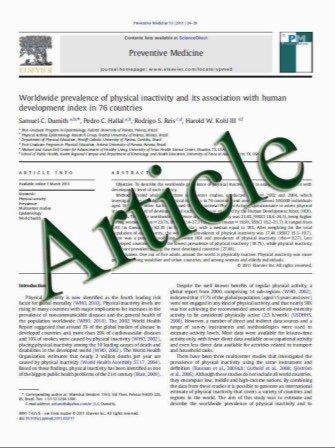Hematology of the Mediterranean population of sea turtle (Caretta caretta): comparison of blood values in wild and captive, juvenile and adult animals
- نوع فایل : کتاب
- زبان : انگلیسی
- مؤلف : Filomena Basile & Annalisa Di Santi & Luigi Ferretti & Flegra Bentivegna & Alessandra Pica
- چاپ و سال / کشور: 2011
Description
In order to establish baseline hematological and biochemical values in loggerhead turtles from the Mediterranean Sea, 84 specimens were sampled, comprising 24 wild turtles in good health at the time of capture and 60 turtles tested after indoor rehabilitation at the Sea Turtle Rescue and Rehabilitation Centre of the Zoological Station Anton Dohrn in Naples, Italy. The following parameters were evaluated: red cell counts (RBC, 488.575~103/ƒÊL), white cell counts (WBC, 17.24~103/ƒÊL) and thrombocyte counts (TBC, 19. 49~102/ƒÊL), hemoglobin (Hb, 8.14 g/dL), hematocrit (Ht, 23.34%), mean corpuscular volume (MCV, 487.723 fL), mean corpuscular hemoglobin (MCH, 170.261 pg), mean corpuscular hemoglobin concentration (MCHC, 34.42%), white and red blood cell differential counts, and a panel of hematochemical tests, composed of glucose (97.164 mg/ dL), cholesterol (74.144 mg/dL), blood urea nitrogen (35. 200 mg/dL), uric acid (1.2.7 mg/dL), total bilirubin (0.20. 0.40 mg/dL), GOT (44.184 IU/L) and GPT (6 IU/L) transaminases, calcium (6.7.8.7 mg/dL), and magnesium (3.6.5.4 mEq/L). Comparisons of the statistically analyzed data from the turtles which were divided into groups on the basis of age and/or lifestyle (wild or captive) revealed that erythroid parameters attained higher values in captive turtles. This suggested a positive influence of the rich and complete diet fed in captivity upon the hemopoietic process of the turtle. On the other hand, data suggest a more intense and active hemopoiesis in young turtles, compared to adult specimens.
Comp Clin Pathol DOI 10.1007/s00580-011-1306-4 Received: 23 April 2011 / Accepted: 13 July 2011


